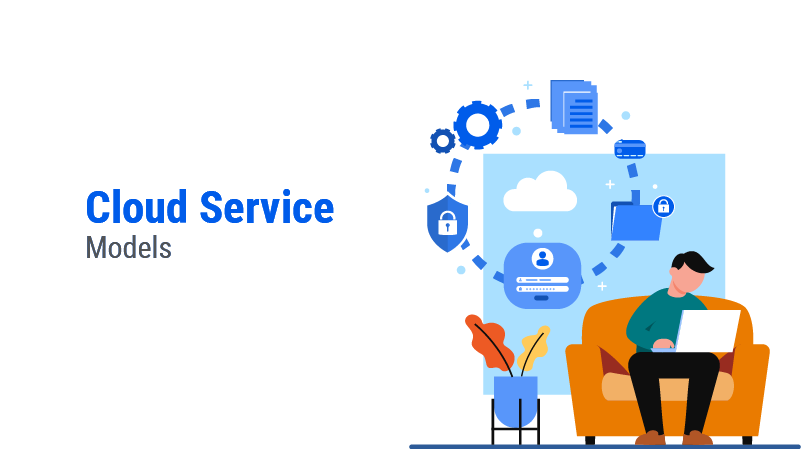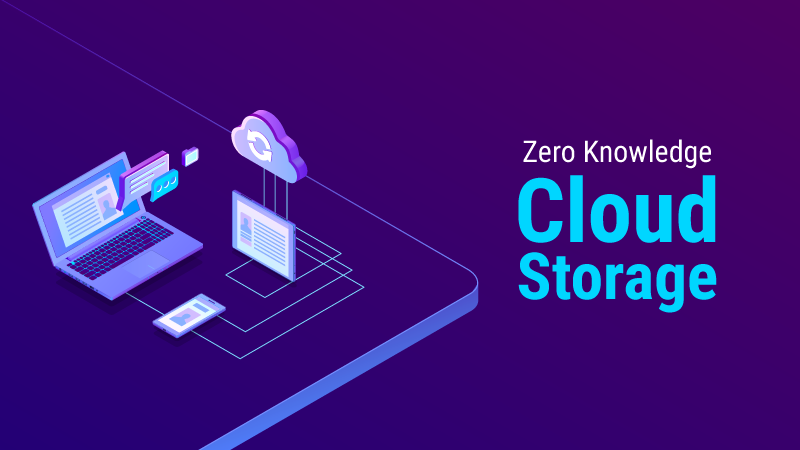Cloud Service Models (SaaS, PaaS, IaaS, IDaaS, NaaS) Explained

Cloud Computing: An introduction
Cloud services have recently become one of the leading platforms, mainly because of giant companies such as Google, Microsoft, and Amazon paving the way to advanced technology. Companies hand over their responsibilities to trusted cloud consulting service providers who outsource their storage, supports basic facilities, and ensure security, rather than depending on their own servers.
Cloud computing involves the distribution of computing resources such as infrastructure, data storage, databases, software, networking, and intelligence that are through the internet. This offers flexible resources, quick innovation, and a financial scale. The service provider manages every technical aspect related to any service.
Models of Cloud Services
The cloud servicing model mainly falls into 5 categories – Software as a service (SaaS), Platform as a Service (PaaS), Infrastructure as a Service (IaaS), Identity as a Service (IDaaS), and Network as a Service (NaaS). Let’s talk about each service model in detail.
Software as a Service (SaaS)
SaaS is identified as a software distribution model or a web platform on the Internet that offers clients access to cloud computing based on a subscription. Thus, came to be known as ‘On-Demand Software’ or ‘Pay-You-Go-App’. The software will be distributed regularly like a service, rather than buying the solution once, like purchasing a product. Through SaaS providers, the customers get licensed services. SaaS is one of the fast-growing services and thus will shift to the role of active cloud service technology mandatory for all organizations and companies. Therefore, it is essential for both the users and buyers to understand the use and compatibility of SaaS.
Platform as a Service (PaaS)
PaaS is defined as a cloud computing platform built for programmers to create, test, run and control applications. It is mainly designed in a way that makes building websites or mobile applications easier and simpler for developers with no worries about fixing or handling the infrastructure required for development including the servers, data storage, networking, and databases. In PaaS, billing is charged only for platforms used by users for the length of time the services have been used. Unlike desktop solutions, you do not have to pay for any excessive activity. PaaS bears a striking resemblance to SaaS, except that SaaS easily distributes software through the internet, without having to purchase or maintain web development. As opposed to this, PaaS offers a platform for developing software delivered through the web. The point-and-click feature in PaaS enables non-programmers/ non-professionals to create web applications.
Infrastructure as a service (IaaS)
IaaS, otherwise known as Hardware as a Service (HaaS), is a computing infrastructure controlled through the Internet. One of the key benefits of using IaaS is that it allows consumers to eliminate the expense and complications in buying and controlling the physical servers. IaaS offers many ready-to-use features like the exact environment for development, personal networks, safe storage of data, performance tracking, etc. for the IT infrastructure of businesses. Companies do not have to develop and safeguard their own IT infrastructure, instead, they use third-party servers and cloud backup storage to completely strengthen the development process. Changing the infrastructure of your company to an IaaS solution can contribute to minimizing maintenance of local data centers, reducing costs on hardware, and achieving real-time business insights. IaaS Solutions also provides you with the flexibility to increase or decrease the scope of your IT resources as required. They help you get new applications faster and improve the reliability of your infrastructure.
Identity as a Service (IDaaS)
IDaaS (Identity as a Service) enables employee or consumer identity details management as a digital entity. This reduces the complexity in remembering and managing different usernames and passwords or deactivating the account and credentials when an employee leaves the organization. The main objective of an identity service is to make sure that the consumers are what they affirm to be and to provide them with the proper access at the exact time to any software application, files, or other resources. If the basic facilities are made on-site for this to happen, then the company needs to find out what to do each time a problem arises. Deploying a centralized cloud-based system developed by identity experts who have dealt with such problems before and resolved them for hundreds of companies is very simple.
Network as a Service (NaaS)
NaaS (Network as a Service) is a cloud service model that enables clients to directly gain access to the network infrastructure and is based on pay as you use model. It also allows networking services to be taken on lease from a cloud vendor rather than fixing their own network infrastructure by the customer. This service utilizes virtualized network infrastructure and gives safe network services to employees and clients. NaaS service providers always attempt to maintain and handle network resources in a way that reduces the workload of clients/employees. NaaS facilitate consumers to run their own networks with no maintenance on their own networking infrastructure. Similar to cloud services, NaaS providers operate networking activities with software and internet connection, thus enabling companies to establish their own networks with no hardware.
Wrap Up
Cloud computing has emerged as one of the rapidly growing marketing trends for the past five years, and it is certain that this trend will become relevant in the decade to come. As leading cloud computing companies such as Amazon, Microsoft, and Google invest in technology, it is clear that the cloud will be more innovative with each new release. In fact, cloud computing is there in the field of technology for a long time. It comes with a set of criteria that provide a specific set of web services to customers.
The very first thing you need to do is to find the best cloud service providers with certified security systems, diverse functionalities, and a low-cost pricing model. Once you identify the right model for your company and business, you forward with it.
Get Started with our Azure Consulting ServicesBlogs by Category
AppForms Artificial Intelligence Blockchain Call Centers Chatbots Cloud Computing Data Management Design Digital Marketing Digital Transformation Enterprise Applications FinTech Insights LowCode Development Microsoft Mobile Apps News Office 365 Robotic Process Automation Security SharePoint Software Development Web ApplicationZero-Knowledge Cloud Storage: Everything You Need to Know.

2024-05-27 14:08:18